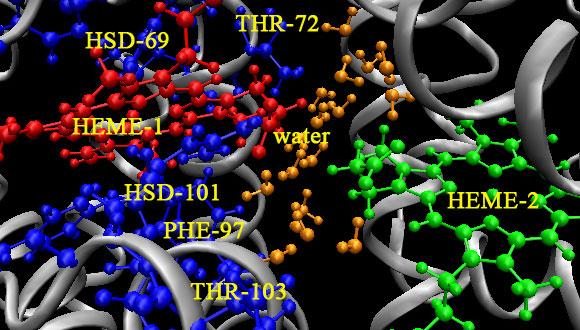Chemical Physics Seminar: The hydrated electron dilemma: To be or not to be in a cavity?
Prof. Benjamin J. Schwartz, Dept. of Chemistry and Biochemistry, UCLA
Abstract:
Despite intense investigation, it is still unclear whether the structure of an excess electron in liquid water is best thought of as something similar to a halide ion, where most of the electron resides in a solvent cavity, as a non-cavity object, with many water molecules packed within the electron's wavefunction, or something in between. To address this question, we performed a series of mixed quantum/classical simulations with the goal of connecting the structure of the simulated hydrated electron with experiment. We find that traditional cavity models are unable to predict the temperature dependence of the hydrated electron's excited-state lifetime, whereas a non-cavity model provides good qualitative agreement with experiment. Cavity models also fail to reproduce features of both static and time-resolved photoelectron spectroscopy (TRPES) experiments, including observations such as the facts that hydrated electrons are not found near the air/water interface, that solvation dynamics lower the excited-state energy prior to internal conversion, and that solvation of the ground-state is significantly slower than the excited-state lifetime, features that are all well captured with a non-cavity model. We are able to rationalize these observations by comparing free energies of the cavity and non-cavity model hydrated electrons as a function of the number of interior solvent molecules. We find that cavity hydrated electrons behave effectively as hard spheres, with large free energy penalties for any incursion of water into the electron's interior. In contrast, there is only a small free energy penalty to remove water molecules from the interior of non-cavity electrons, so that non-cavity electrons have a highly fluxional structure that are non-cavity on average but vary continuously between cavity and non-cavity. The driving force for placing water molecules into the non-cavity electron's interior is entirely entropy-driven, so that non-cavity electrons become more cavity-like on average as the temperature decreases, explaining the experimentally-observed temperature dependence of the hydrated electron's transient absorption spectroscopy and various features of the TRPES experiments.


